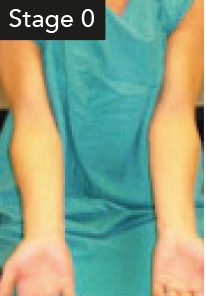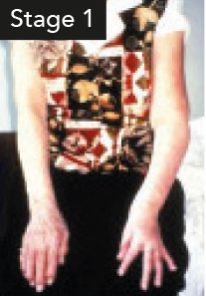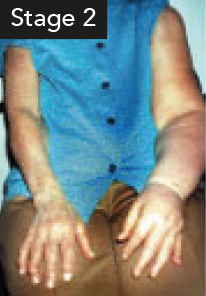ABOUT LYMPHOEDEMA
CANCER RELATED LYMPHOEDEMA
It’s estimated that cancer-related lymphoedema affects at least 20% of patients diagnosed with and undergoing treatment from breast, gynaecological and prostate cancer, or melanoma. The risk of developing cancer-related lymphoedema is influenced by the type of cancer treatment (surgery, chemotherapy, radiation therapy) and the extent of lymph node removal during treatment.
For Central Coast cancer patients, Cancer Rehabilitation & Lymphatic Solutions are recognised as the local leader in lymphatic solutions, offering expert care in lymphoedema management.
Early detection surveillance and monitoring for cancer-related lymphoedema can drastically minimise the risk of developing a potentially life long debilitating condition.
As per the Australasian Lymphology Association’s recommendations, individuals diagnosed with cancer should undergo regular monitoring to detect any signs of lymphoedema and ensure early intervention. This includes a pre-treatment Lymphoedema Index (L-Dex) baseline reading of the extra-cellular fluid of the at-risk healthy limb, with follow-up monitoring – every 3 months for the first 2 years post treatment, then every 6 months for the 3rd year, and annually for years 4 and 5.
Utilising advanced technologies such as the SOZO Bioimpedance Spectroscopy (BIS) device and L-Dex technology, Cancer Rehabilitation & Lymphatic Solutions can measure changes in extracellular fluid in at-risk limbs before and after cancer treatment. Our clinic’s use of this cutting-edge technology enables us to detect the development of lymphoedema in the sub-clinical stage, up to 10 months before physical symptoms become apparent.
Recent studies highlight the significant benefits of early intervention for cancer-related lymphoedema. By proactively addressing potential issues, Cancer Rehabilitation & Lymphatic Solutions aim to reduce the financial burden and improve the quality of life for patients undergoing cancer treatment on the Central Coast.
WHAT IS LYMPHOEDEMA?
Secondary or Acquired Lymphoedema, is a condition affecting the Lymphatic System that can arise following surgery, lymph node dissection, radiotherapy, trauma, or other damage to the lymphatic system following cancer therapies. In breast cancer, for example, it can appear in the arm on the same side as the cancer, after lymph nodes are removed from the armpit region for cancer staging.
Lymphoedema can cause significant swelling in the affected limb due to a disruption in the free flow of lymph fluid in the body, leading to excess fluid build-up in that part of the body.
Primary Lymphoedema, is a congenital abnormality where the lymphatic system is not functioning sufficiently.
Some early warning signs:
Early warning signs of lymphoedema include sensations of achiness, heaviness, swelling, or a painful limb. Patients may also notice tightness in jewellery or clothing on the affected side. Timely identification of these symptoms is crucial for effective management and treatment.
Stages of Lymphoedema

STAGE 0
A latent or subclinical state where swelling is not evident despite impaired lymph transport.

STAGE I
Early onset of the condition where there is an accumulation of tissue fluid with higher protein content, which subsides with elevation. Some pitting oedema may be present at this stage.

STAGE II (early)
Limb elevation alone rarely alleviates swelling and pitting is evident.
STAGE II (late)
The tissue is hard and pitting is absent. Skin changes such as thickening, hyperpigmentation, increase skin folds, fat deposits and warty overgrowth develop.
STAGE III
At this stage swelling is spontaneously irreversible and the limb is usually very large.
WHAT IS THE LYMPHATIC SYSTEM AND WHAT DOES IT DO?
The lymphatic system is made up of lymph fluid, lymphatic vessels, and lymph nodes. Fluid from the body’s tissues, lymph fluid, is transported via the vessels to the lymph nodes where bacteria, foreign cells, and cancer cells are filtered out. This process helps the body fight infection. Lymph nodes are located throughout the body including the armpit, groin, abdomen, chest and neck.
